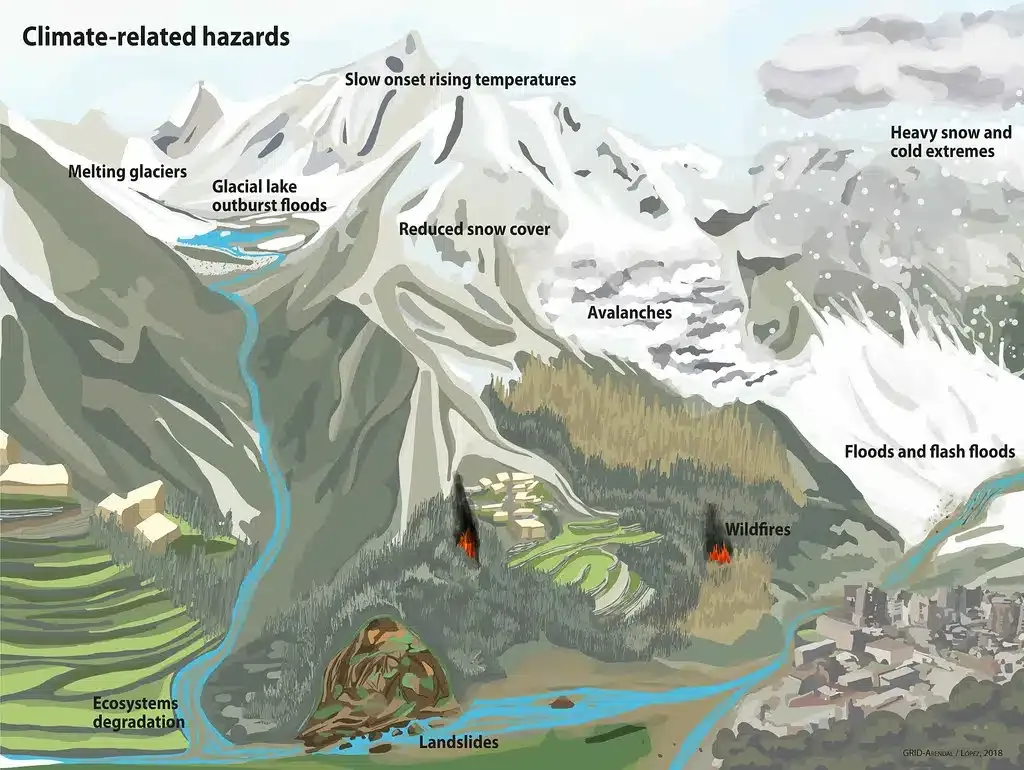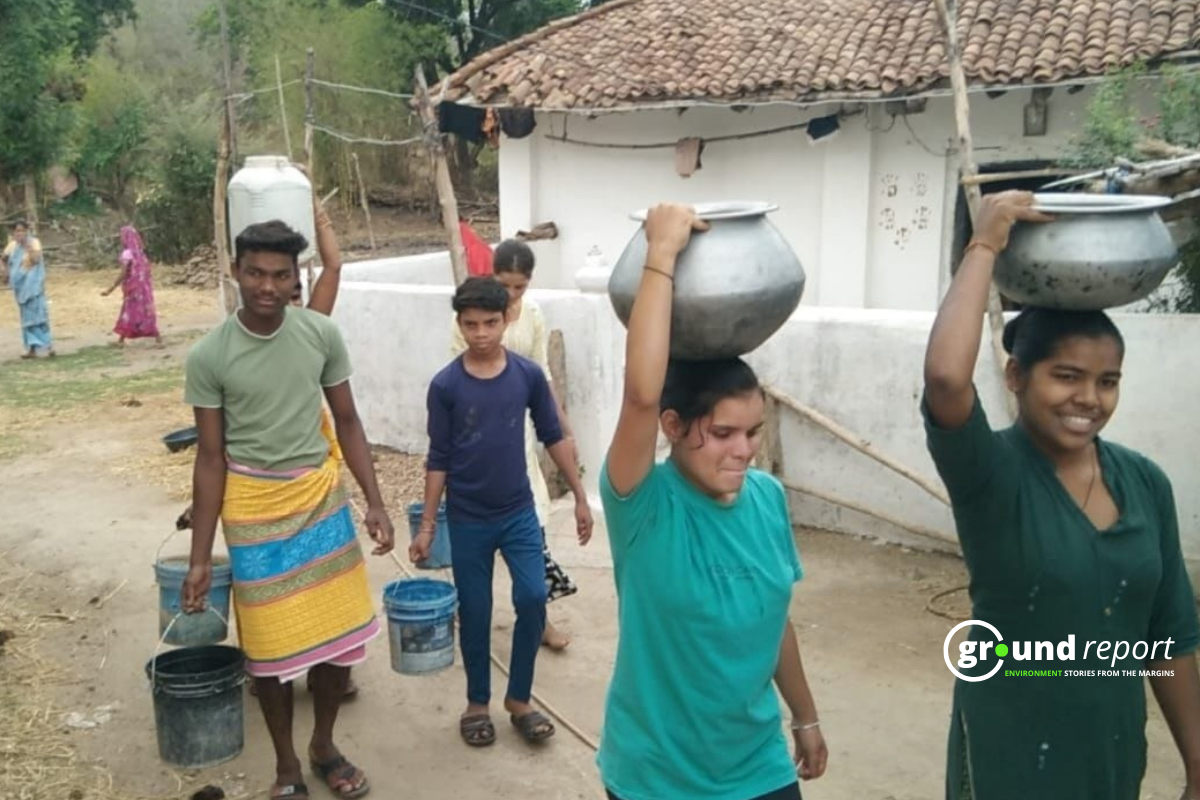Kiren Rijiju, Union Minister for Earth Sciences, highlighted the collaboration between NDMA, SDC, and the Swiss Embassy, issuing 2020 guidelines to manage glacial lake outburst floods (GLOF), highlighting Early Warning System (EWS) installation.
Glacial lakes are formed when glaciers melt and the water collects in a depression. Sometimes, these lakes can burst and cause floods. These floods are called glacial lake outburst floods (GLOFs). They can damage the lives and property of people living downstream.
Glacial lake bursts in India
India has many glacial lakes in the Himalayas. Some of them are at high risk of bursting. To prevent this, India has taken some steps to monitor and manage these lakes.
India has made some rules for managing glacial lake floods. These rules tell how to measure the water level, pressure, and temperature of the lakes. These rules also tell how to install an early warning system. This system can send messages to people when a flood is coming.
India has also sent some teams of experts to the mountains. These teams have installed some weather stations near the glacial lakes. These stations can collect data and send it to the early warning system. These teams have also found some places to put sensors for the early warning system.
The minister for earth sciences, Kiren Rijiju, told the parliament about these activities. He said that India is working hard to reduce the risk of glacial lake floods.

Some other agencies are also helping India. The National Remote Sensing Centre (NRSC) in Hyderabad used satellites to make a list of glacial lakes and water bodies in the mountains. They also checked how likely these lakes are to break and cause floods. They made maps and books of the glacial lakes in different river areas.
The National Centre of Polar and Ocean Research (NCPOR) is studying two glacial lakes in the Chandra area. They are gathering data and doing research on these lakes since 2013.
Guidelines and warning for GLOFs
In 2020, the National Disaster Management Authority (NDMA) and the Swiss Development Corporation (SDC) made some guidelines for managing GLOFs. They also explained how to install an early warning system (EWS) to alert people before a flood happens.
In 2023, two teams of experts from NDMA and other agencies went to Sikkim. They installed two weather stations near two dangerous glacial lakes, South Lhonak and Shako Cho. These stations can measure the water level, temperature, and pressure of the lakes. They also found some places to put sensors for the EWS.
India is facing the challenge of climate change, which is making the glaciers melt faster. This can increase the number of glacial lakes and the risk of GLOFs. India is trying to be ready for this situation by monitoring and managing the glacial lakes.
India is preparing for glacial lake bursts because they are important to avoid. They can cause a lot of problems for the people and the environment. They can also affect the water supply and the power generation. India is working hard to reduce the risk of glacial lake bursts.
Keep Reading
India, Pakistan among most exposed to flooding by glacial lakes
From Jammu Kashmir to Everest and Ladakh, the risk of floods increases
Climate Change is real: Himalayan glaciers are melting fast in India
What is Glacial lake, how does it affect the Himalayas?
Glaciers contain 20% less freshwater than estimated
Follow Ground Report for Climate Change and Under-Reported issues in India. Connect with us on Facebook, Twitter, Koo App, Instagram, Whatsapp and YouTube. Write us on GReport2018@gmail.com.






